Understanding Restore Points in Windows
- Home
- Support
- Tips Data Backup
- Understanding Restore Points in Windows
Summary
The article explains the concept of restore points in Windows operating systems, emphasizing their importance in reverting a computer to a previous state to resolve system issues or problems caused by new software installations. It also introduces Renee Becca, a specialized tool for backing up and restoring system and hard disk data, highlighting its features such as incremental and differential backup technology, support for various types of backups, and the ability to create automatic backup plans.
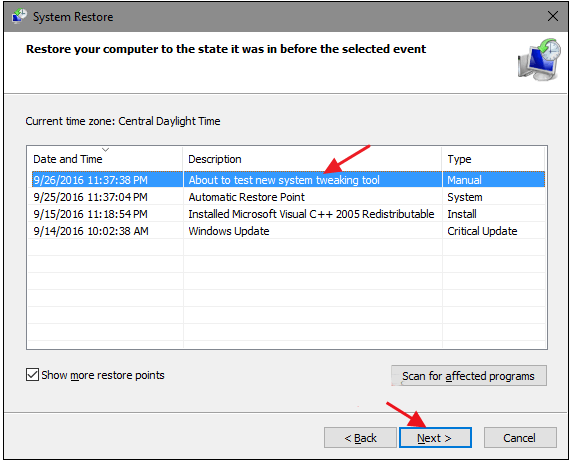
rstrui.exe command. Follow the instructions in the System Restore wizard to select a restore point and revert your system. To access Windows Advanced Startup Options, hold down the Shift key and restart your computer.

shutdown /r /o in the command prompt. From this menu, you can perform a System Restore.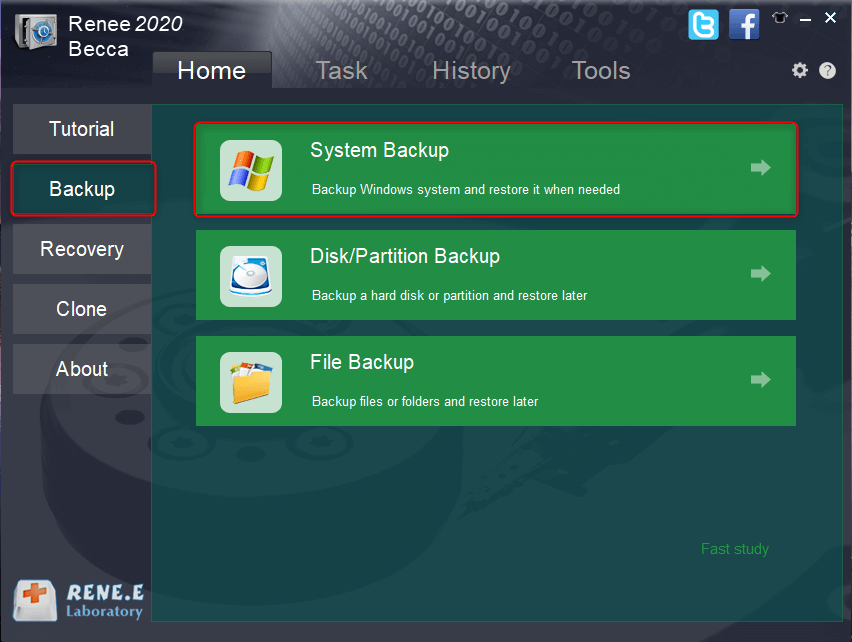
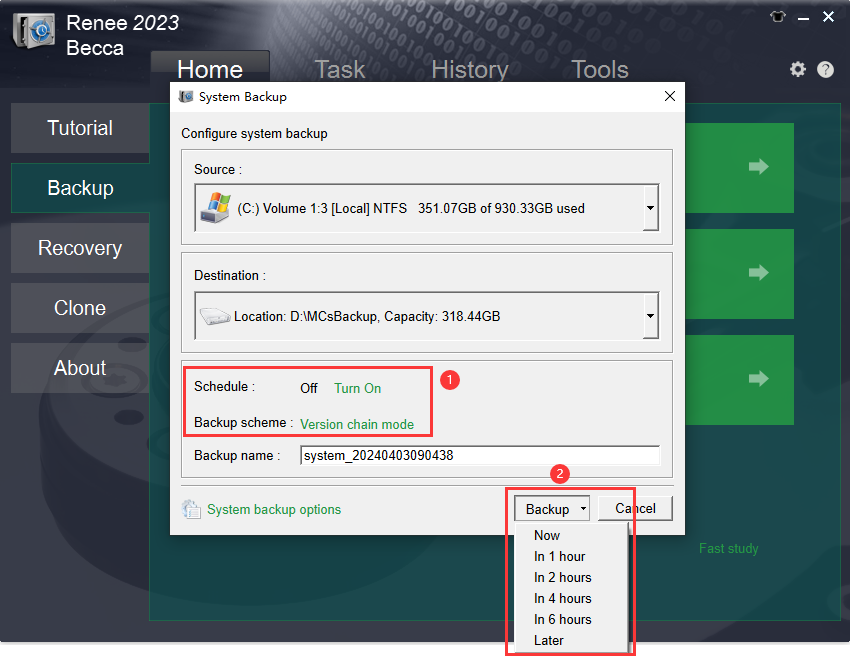
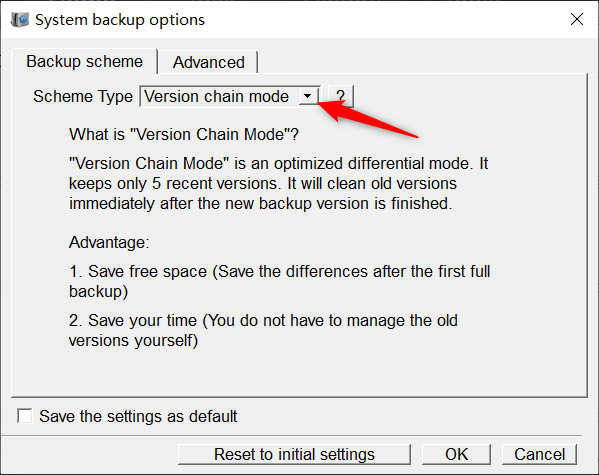
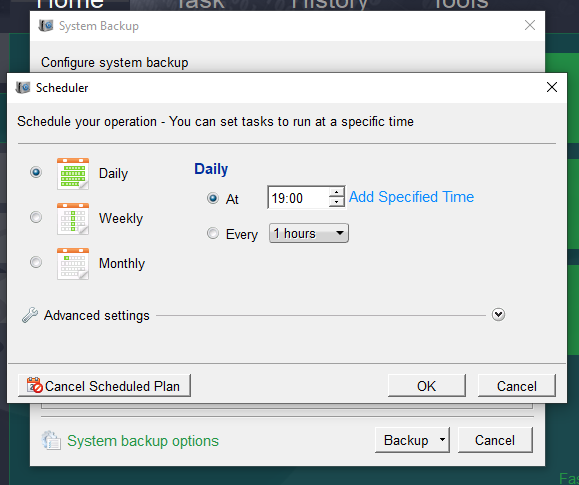


Automatic 4K alignment Improves SSD performance during system migration.
Support GPT and MBR Automatically adapt to the suitable partition format.
Support NTFS and FAT32 Redeploy various files in different file systems.
Back up quickly Back up files at up to 3,000MB/min.
Overall backup schedule Support system redeployment/system backup/partition backup/disk backup/disk clone.
Automatic 4K alignment Improve SSD performance
Support GPT and MBR Intelligently adapt to a partition format
Support NTFS and FAT32 Redeploy files in different file systems
Free TrialFree TrialNow 2000 people have downloaded!Relate Links :
Is System Restore an Effective Solution for Recovering Deleted Files?
17-05-2024
John Weaver : Learn about the capabilities of System Restore and whether it can effectively recover deleted files. From understanding what...
Easy Solutions to Fix The Problem That Windows Didn't Load Correctly
02-01-2024
Jennifer Thatcher : Learn how to solve the error message that windows didn't load correctly. And plus, you can ensure the...
Fix Windows Installation Error: Windows cannot open the required file install.wim
12-07-2023
John Weaver : When you update Windows, you may meet the error like "Windows cannot open the required file install.wim". Learn...
How to fix the error MACHINE_CHECK_EXCEPTION on Windows 10?
18-02-2024
Amanda J. Brook : Learn how to solve the MACHINE_CHECK_EXCEPTION error on Windows 10 with these expert-approved repair methods. Say goodbye to...




